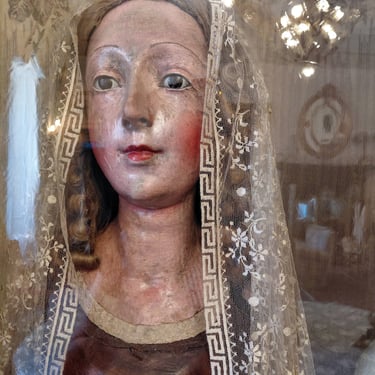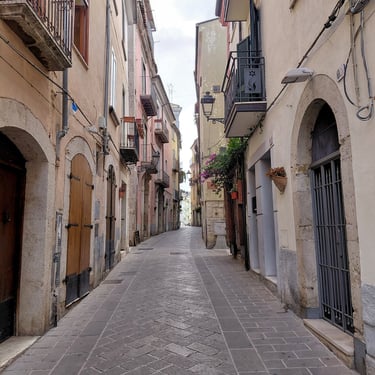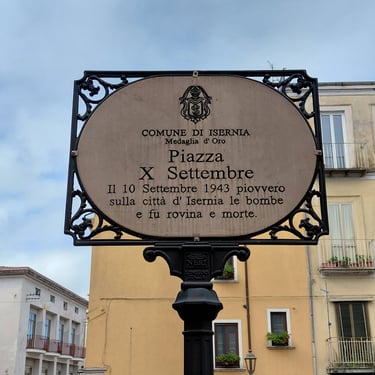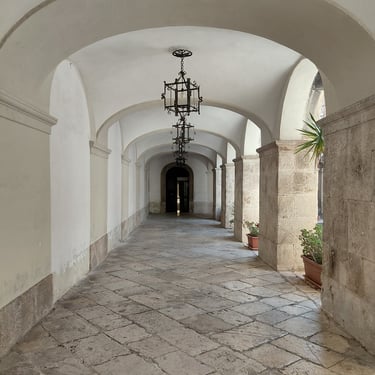Isernia, Molise
An introduction to the tiny region of Molise's elegant provincial capital
ITALY TRAVELS
10/16/2025
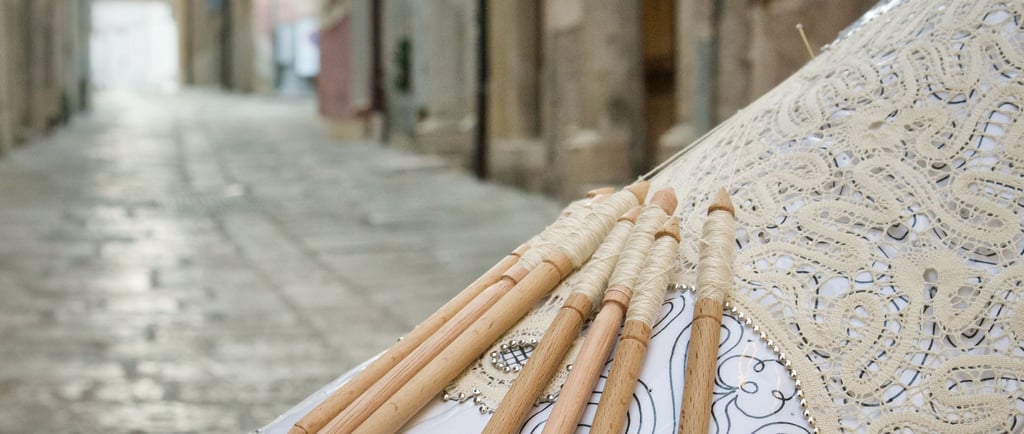

You’d easily bypass this tiny region — of Italy’s 20 regions it’s the second smallest — without a blink of the eye. Molise borders four other regions, Puglia, Abruzzo, Lazio and Campania, and is about a 45 minute drive to get to the A1 Autosole. From my front door in Tuscany, it’s about a four-hour drive, depending on how many stops you make to refuel or freshen up. Naturally, it’s a mountainous region with its highest peaks in the Apennines to North bordering Abruzzo. Along its short stretch of coastline on the Adriatic Sea the city of Termoli is a draw for vacationers. For that reason, when I visited in late summer while on assignment for a travel publication, I chose to get to know its hinterland first where I imagined one would still feel that sense of rusticity, maybe a bit less sophisticated and genuine, where residents still remained deeply connected to their history and traditions.
And so when I arrived in Isernia, the first stop on my reporting trip, I was instantly charmed. My first point of contact was the current city councillor of tourism who served as my capable fixer, supplying me with research materials and access to many Isernia’s historical sites and museums. We stayed in its lovely historical center which runs lengthwise atop a ridge with spectacular vistas of layer upon layer of mountains of varied hues and shapes. We stayed at the Albergo Diffuso, a network of well-appointed rooms and suites located in historic buildings scattered across the old city. We happened to meet its graceful, down-to-earth owner invited us to tour his family’s palazzo that displayed valuable treasures the family had collected for centuries. On sweet level, his contemporary art gallery, an airy and light space, was filled with large-format paintings and chic modern furniture. There were so many aspects of this city that impressed me. First, its millennial history dating back to the indigenous Samnites who, over time, were subsumed by the Romans. Indeed, their temples and important archeological sites abound across the region.
The city’s Paleontological Museum was simply stunning, a modern, open structure with well-curated exhibits. At that afternoon hour in early August, we were the only ones there, a privilege albeit slightly eerie as I wandered past a figure of a young Samnite (?) male with piercing green glass eyes. Other visits included below Isernia Cathedral to view Roman ruins while a Mass was taking place above our heads. On the far end of town, the Archeological Museum of Santa Maria dell Monache is housed in an old convent where cloistered nuns taught pupils the art of bobbin lacemaking, an over 500-year-old tradition that a number of local women (and men) still keeping alive. One of my feature stories explores the history of this beautiful, complex, handicraft featured in the latest issue of Bellissimo, a quarterly publication put out by Italy Magazine, inviting readers on an in-depth journey of discovery of one Italian region. So many firsts, so many highlights, over our 3 days there. A few memorable moments: my tête-à-tête with Isernia’s progressive mayor who’s brimming with ideas to reposition his city as sustainable model of tourism. Wandering inside a village and, lured by the sound of music being played on an accordion, bumping into a group of villagers who offered us slice of cured salame made from wild boar washed down with a glass of homemade wine. They talked about how many residents have left and how the raising of livestock, or pasturage, once prevalent in these mountains, had virtually disappeared due to greater regulations and competition from intensive animal farming.
Finding a kindred spirit in my guide, the councilwoman, as we rifled through the city’s archive side-by-side, and agreeing that, though nerdy, it was one of our favorite pastimes. Incidentally, she organizes an annual summit dedicated to growing tourism sustainably that has a real purpose not only to maintain the region’s sense of authenticity but to ensure it doesn’t become another regional Disneyland that’s on the fast track to losing its sense of identity.
